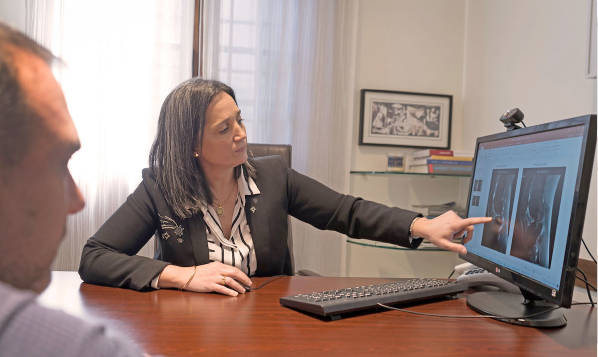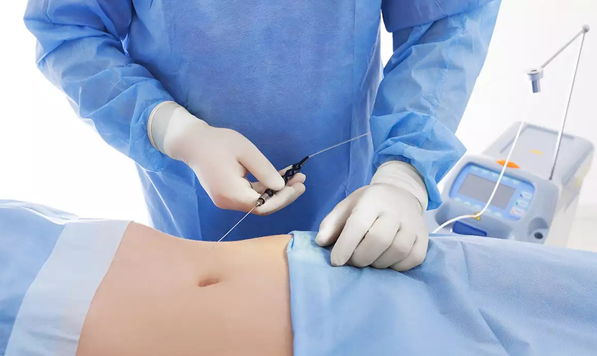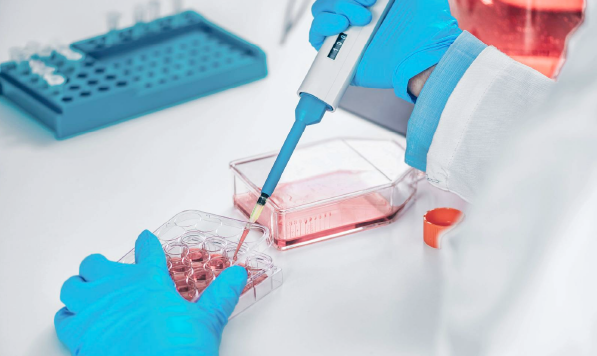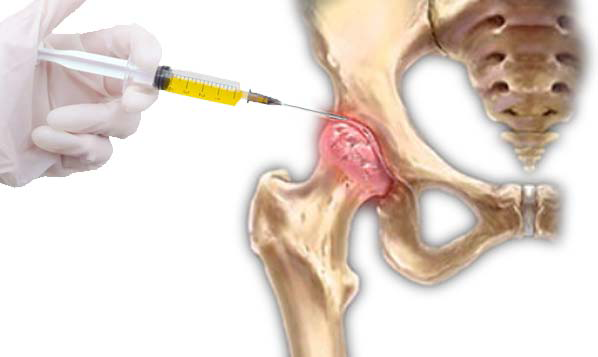Osteoarthritis, also known as "wear-and-tear arthritis", is a common condition that many people develop as they get older. It can occur in any joint in the body, but most often develops in weight-bearing joints, such as the hip. As the cartilage wears away, it becomes frayed and rough, and the space between the bones gets smaller. This can result in bone rubbing on bone. To make up for the lost cartilage, the damaged bones may start to grow outward and form bony growths (osteophytes).Since osteoarthritis gets worse over time, the sooner you start treatment, the better.The main cause is associated with aging. Predisposing factors include a history of sports injuries, surgeries that removed part of the menisci, trauma, muscle weakness, overweight, and abnormalities in the joint axis.The precise injection of pre-differentiated stem cells into the joint space or the affected bone provides new material to repair, rebuild and remodel damaged tissue, thereby relieving pain and improving function.
Osteoarthritis of the hip causes pain and stiffness, making everyday activities like bending over to tie your shoe, getting up from a chair, or taking a short walk difficult.
Prior to the initiation of cell therapy, patients will undergo magnetic resonance imaging (MRI) or computerised tomography (CT) scans to assess the condition of the bone and soft tissues in the hip region.

Two types of cells are needed for the treatment: stem cells and tissue-specific effector lymphocytes. The stem cells are extracted from subcutaneous fat, which is done by performing a micro liposuction procedure that only needs local anesthesia. Immune cells are obtained from the patient's peripheral blood.

The collected fat is processed to isolate and expand the stem cells. The combination of the stem cells and the tissue specific effector lymphocytes facilitates the pre differentiation of the stem cells into the specific cells that the tissue needs to repair the damage.

The pre-diferenciated stem cells toghether with tissue-specific lymphocytes are injected into the joint space or the affected bone. The procedure is performed using local anaesthesia under ultrasound or fluoroscopic guidance.Most patients can quickly return to their usual routines with minimal interruption. A slight swelling or mild discomfort at the injection site may occur but typically resolves within a few days, allowing for a smooth recovery.


Patients will normally start seeing improvements 3-4 weeks after treatment. This means less pain and better movement.
Our Therapy offers a range of benefits, including its minimally invasive nature, rapid recovery time, and potential to support the body’s natural healing processes. By utilizing the patient’s own regenerative cells, this treatment promotes tissue repair and may help reduce pain and inflammation in the affected joint.
Say goodbye to joint discomfort and hello to renewed mobility with Moviglia Method. Our experienced team is ready to guide you every step of the way, helping you achieve lasting relief and a better quality of life.
